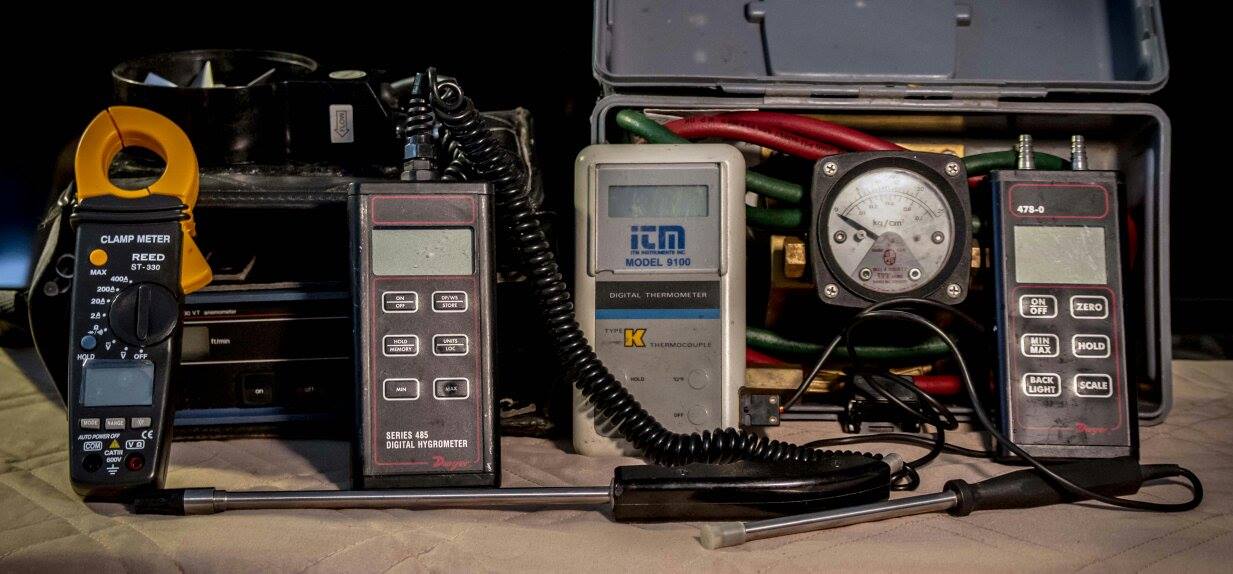Concrete Energy Efficiency, What is concrete energy efficiency

Concrete energy efficiency speaks to what is concrete energy efficiency and why concrete energy efficiency.
Efficiency can be improved upon if the below discussed actions are implemented.
It is possible to add photocatalytic agents to concrete used in the construction of roads and buildings. In the presence of sunlight the concrete chemically breaks down carbon monoxide, nitrogen oxide, benzene and other air pollutants.
Used concrete made with coarse aggregate only can be used to make porous pavings that allow stormwater to filter into the ground helping to recharge aquifers and reduce storm water runoff.
Concrete being a durable material that can be used to construct buildings that last a long time and are suitable for the purpose of adaptation and reuse. This reduces the environmental impacts of building demolition and new construction.
In brownfield development concrete fill materials can be used to stabilize soils and reduce leachate concentrations.
Interior concrete slabs made with white concrete can improve illumination, visibility and worker safety within interior spaces without the expense or added energy consumption of extra light fixtures or increasing the light output from existing fixtures. While concrete is made with white cement and white aggregates.
Light colored concrete paving reflects more solar radiation than darker asphalt paving, leading to lower paving surface temperatures and reduced urban heat island effects.
Where structured parking garages which are often constructed with concrete, replace surface parking open space is preserved.
The thermal mass of concrete can be exploited to reduce building heating and cooling costs by storing excess heat during overheated periods of the day or week and releasing it back to the interior of the building during underheated periods.
The use of Portland cement in concrete results in high energy use as the production of Portland cement is of high energy use and may be reduced by the addition of certain industrial waste materials that have cementing properties to the concrete mix. Substituting such supplementary cement materials, including fly ash, silica fume and blast furnace slag, for up to half the Portland cement in the concrete, can result in reductions in embodied energy as much as one third.
Return from Concrete Energy Efficiency to Home Page
Return from Concrete Energy Efficiency to Explain Concrete
Hard copy and E book for sale. Introduction to Building Mechanical Systems. Click here.